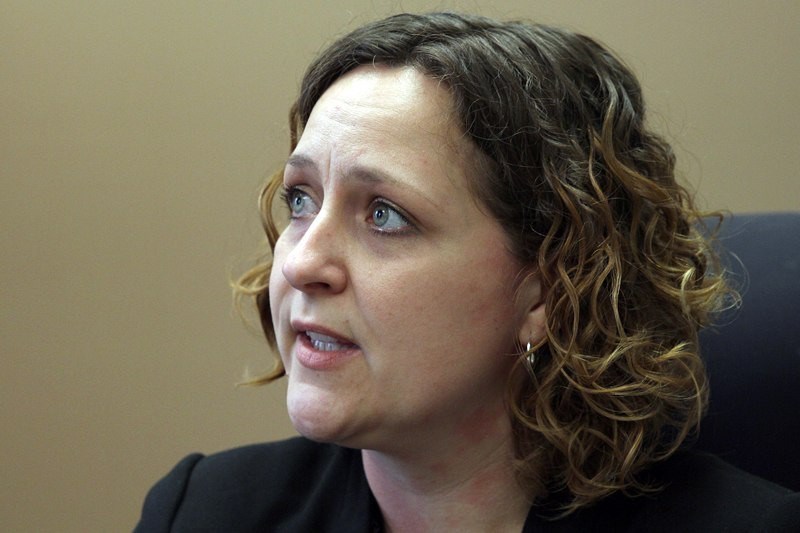In the Thunder Bay district, more people die from drug overdoses than from motor-vehicle collisions.
It’s a staggering statistic, says Cynthia Olsen, the city’s drug strategy co-ordinator, and one she hopes is addressed in the federal government’s newly released prescription drug strategy.
The problem is reaching epidemic levels across Canada, and the 10-year plan, entitled First Do No Harm: Responding to Canada’s Prescription Drug Crisis, takes direct aim at how the powerfully addictive drugs are distributed and would create a national surveillance system to track how opiates and other medications are prescribed.
The report also calls for stricter controls on the physicians doling them out.
Olsen said while no dollars have been yet attached to the report, she’s hoping it might mean federal support for a northern centre of excellence around addiction studies.
“I would absolutely hope so,” Olsen said. “It makes recommendations that programs and services and solutions need to be tailored to community need. We know that Northern Ontario is different than southern Ontario in our unique needs and our unique make up.
“Even the fact that we are more geographically spread out, hopefully we’ll have the support to continue with that venture.”
It’s important to conduct localized research and collect localized knowledge to combat the growing problem in Ontario’s North, Olsen added, noting it was good to see solutions sought from First Nations communities, several of whom have declared states of emergency and crisis related to addiction problems.
Better access to treatment and getting patient input are a start.
"Timely and equitable access to treatment that is holistic, effective and appropriate can be achieved through changes to policy and regulation, funding mechanisms, evidence-informed practice and exchange of new and emerging practices," the report states.
"Individual patients and others with lived experience should be included in decision making or on advisory bodies to ensure that system changes are accessible, relevant and responsive."
An overdose prevention initiative and a series on medication-assisted therapies for opioid dependency, including methadone and suboxone are also part of the Thunder Bay solution.
While there is plenty of legitimate need for painkiller medications, Olsen applauded the government’s attempt to keep them in the hands of those who truly need them.
The strategy won’t be easy to implement, she added, especially a national surveillance system.
“It might be awhile before we see something like that. I think what the surveillance system would help to do is identify maybe spikes in where prescriptions are increasing. Is that in relation to a particular physician, or a group of physicians?” Olsen said.
“But more needs to be done as far as the prevention side, around increasing public awareness about the risks associated with prescription drug use, whether you’re being prescribed for legitimate reasons or you’re obtaining prescriptions illicitly.”
The plan also touches on equitable access to treatment in relation to pain and mental health.
Simply getting rid of a drug, like last year’s decision to remove oxycodone from pharmacy shelves, doesn’t mean the problem will disappear.
Ultimately that could just increase risk as addicts turn to other drugs, like fentanyl or percocets.
The strategy must also address the underlying cause of why people turn to prescription drug use, Olsen said.
“We know that marginalization, struggles with housing, struggles with trauma, are all really at the root of drug addiction. Our drug strategy in particular has included a pillar around housing, recognizing that being homeless is going to be a barrier to getting well and that everybody deserves to have a home,” Olsen said.
“We need to ensure that prevention and those supports at the bottom level are available to individuals.”
